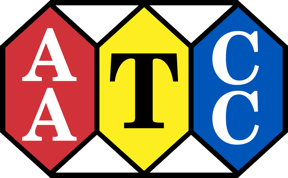Description
Untitled
PURCHASED DOWNLOADS ARE DELIVERED AS A LINK IN YOUR EMAILED RECEIPT.
AATCC M4-2017e Overview of Liquid Fabric Softeners Used in Home Laundering
1. Background on Fabric Softeners
1.1 While AATCC and other testing and development groups have used standard reference detergents since the 1960s, there has been no standard reference for fabric softeners. In 2017, about 80% of U.S. households regularly use fabric softeners in their laundering process. The most popular methods of applying softeners to textiles in the home are rinse cycle softeners and dryer sheet softeners. Rinse cycle softeners are used in more than 40% of U.S. households while dryer sheets are used in more than 60% of households, with some households using both forms. This monograph provides information on liquid fabric softener used in home laundering.
1.2 Household liquid fabric softeners were developed in the 1960s to maintain the original pleasant feel of clothes on skin. With repeated laundering, clothes lose some of their original mechanical properties because of the intense stress they experience during laundering, and the textile fibers tend to entangle. Through the drying process, the fibers remain entangled and clothes become stiff. Items made with manufactured fibers tend to get charged with static electricity during tumble drying causing static cling. Industry experts indicate that the use of liquid softeners in home laundering helps minimize these issues
Copyright American Association of Textile Chemists and Colorists, RTP, NC, USA
All rights reserved.
The above information is only a summary of the AATCC test method.
English
Spanish
Hindi
Chinese (Simplified)
Chinese (Traditional)
Japanese
Bengali
Korean
Telugu
Marathi
Punjabi
French
Polish
Arabic
Danish
Dutch
Persian
Portuguese
Latin
Vietnamese
Hebrew
Hungarian
Indonesian
Irish
Italian
Kannada
Mongolian
Romanian
Russian
Norwegian
Serbian
Sindhi
Swedish
Tamil
Turkish
Ukrainian
Urdu
